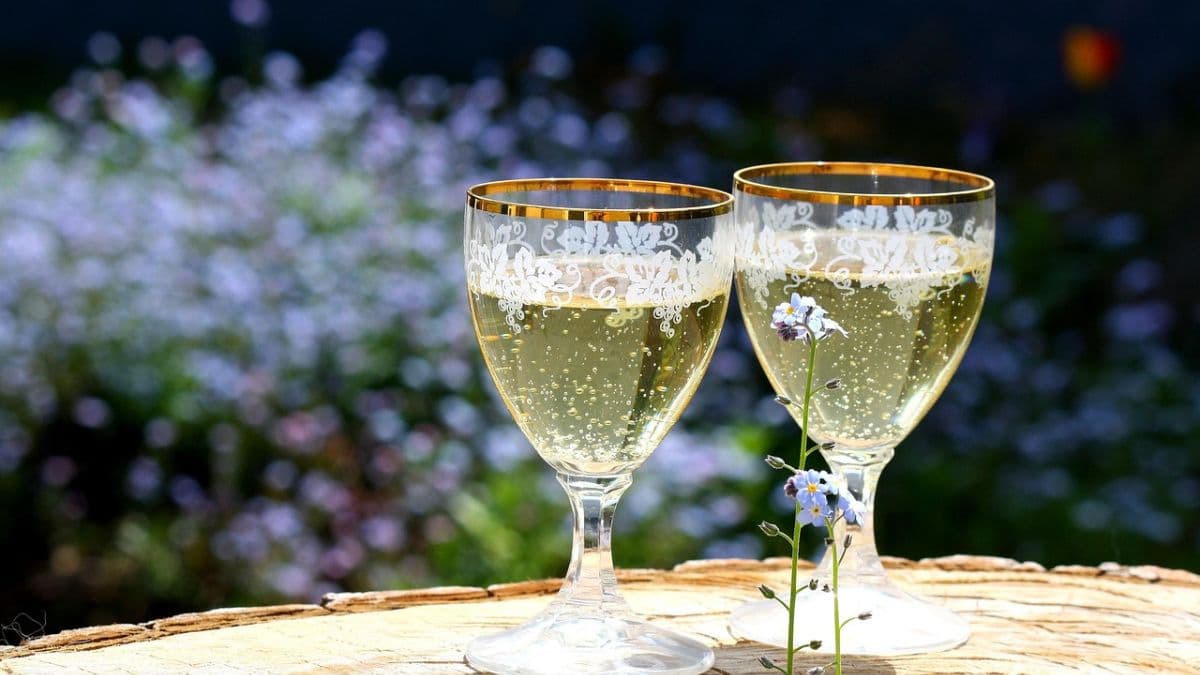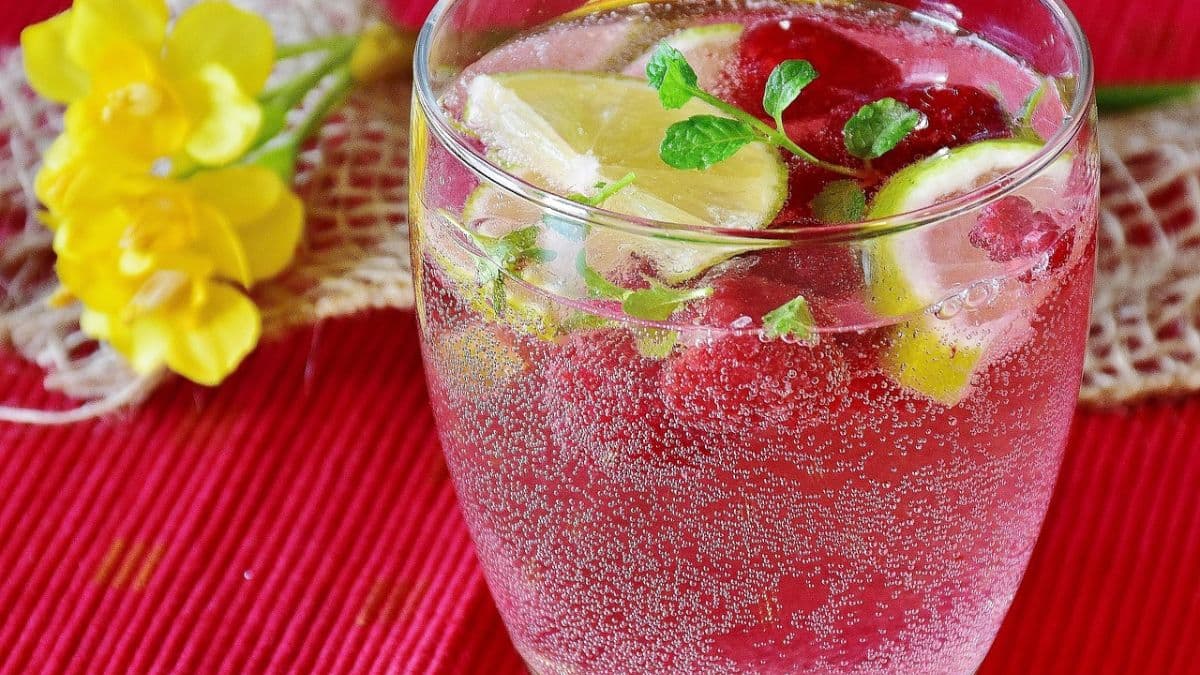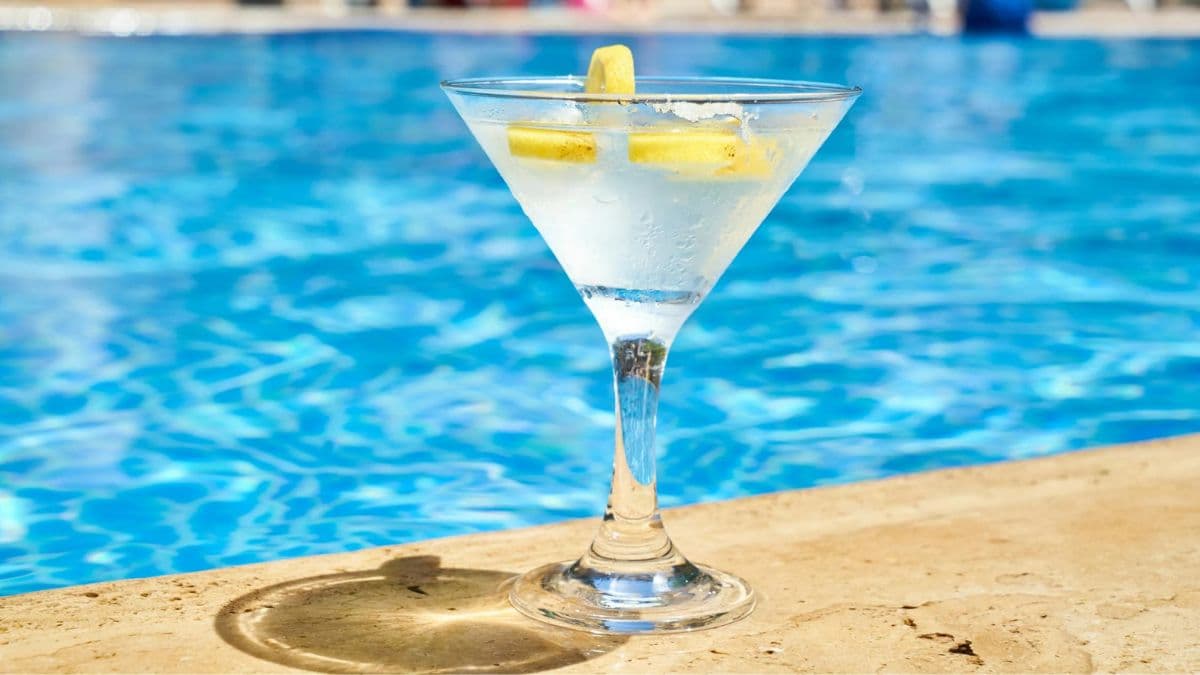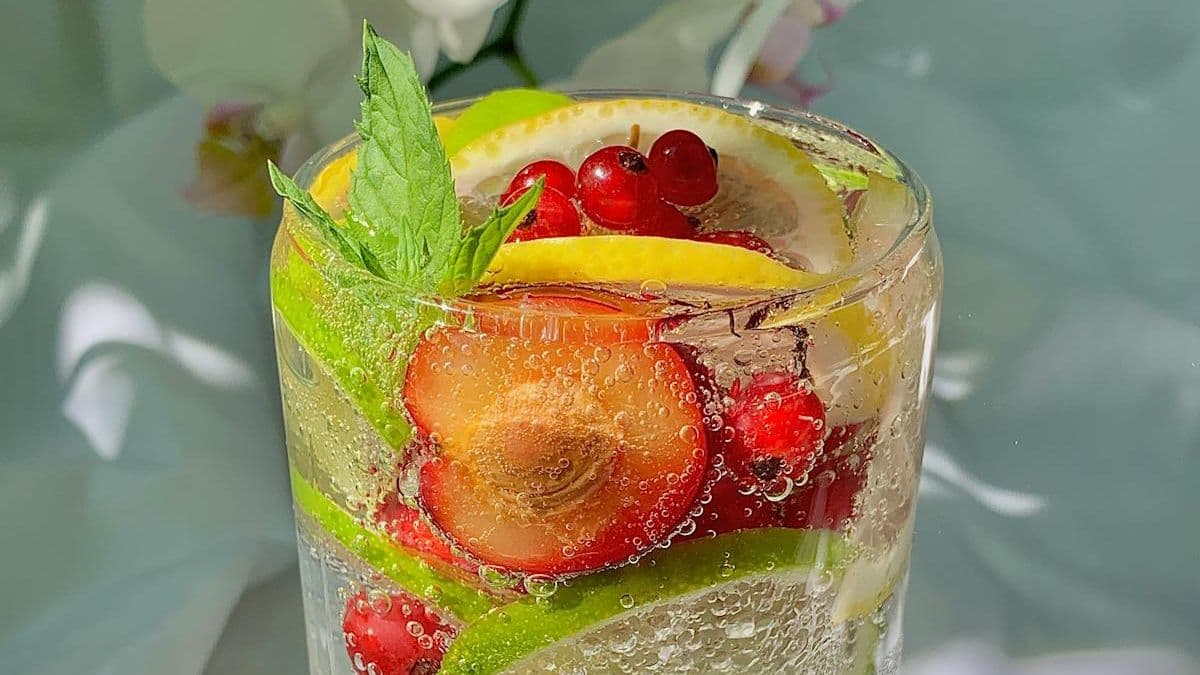The Science Of Carbonation And Its Role In The Classic Gin And Tonic Cocktail
Gin and tonic appears to be a simple cocktail, yet it requires a tad bit of skill to master. Getting the flavours of gin and tonic right is not only about balancing the gin to tonic ratio but also about monitoring the bubbles and carbonation in the mix. This is because the slightly sparkly and bubbly texture of the classic cocktail has a role to play in building the flavours and textures of the drink.
A classic gin and tonic is made by adding 30 ml good quality gin to a highball glass which is then topped off with 90 ml tonic water for building a cocktail with the perfect one part gin to three part tonic water mix. Use a fresh bottle of tonic water containing a good amount of bubbles so they can bring out the flavours of the cocktail.
Read on below to know more about how the carbonation in gin and tonic coming through tonic water or sparkling water plays a role in maintaining the composition of the cocktail:

Carbonation For Introducing Texture
One of the more significant roles of carbonation in a well-prepared gin and tonic is to lend this cocktail a bubbly texture. The bubbly feel of the classic blend which comes from the sparkling or carbonated tonic water introduces a dense textural composition into the drink building its overall structure. Such effervescence gives levity to the cocktail so that although it has a slightly light effect, it seldom feels watery or under flavoured.

Bubbles Build Botanical Flavours
As well, bubbles are integral to developing the flavours in a cocktail blend. The carbonation in gin and tonic carries the aromas of the different botanicals like juniper, citruses and herbs present in the cocktail. A gin and tonic mix made using 30 ml Tanqueray No. 10 Gin or any other premium gin of choice will become a more tasteful mix with the addition of fresh sparkling water that unravels the flavours of citruses, liquorice and angelica present in the spirit.

Carbonation Controls Dilution
When gin and tonic is built upon ice, there is a chance that as the ice melts, so too the cocktail will become more and more diluted. Carbonation or bubbles in the drink come into play here. An appropriately effervescent gin and tonic lasts longer so that the bubbles coat the ice in the myriad flavours of the cocktail to control the speed of dilution. With this, the flavours of the cocktail remain uniform throughout. Adding large ice cubes to bubbly tonic water can be a useful trick to slow down dilution so the drink’s flavour notes remain intact.

Tonic Water Improves Crisp Mouthfeel
Craft a gin and tonic out of 30 ml good quality Gordon’s London Dry Gin or any other premium gin of choice. Top this off with sparkling tonic water infused with flavours of bitter lemon or ginger. Such a sharp, crisp and dry cocktail will contain pronounced tasting notes which are highlighted only when the tonic water is carbonated enough to bring forth these sharp flavours in the drink. Undoubtedly, bubbles in tonic water are essential to improving the mouthfeel of the cocktail.

Bubbles Balance Cocktail Flavours
One of the most significant functions of carbonation in mixology is to bring about flavour balance. Carbonated tonic water contains quinine which lends tart and bitter notes to an herbaceous, juniper-forward gin. Bubbles in this mix ensure that the bitter and savoury notes in the drink remain subtle. In effect, the effervescence lightens some of the more overpowering flavours of the spirit to craft a balanced, perfectly flavoured cocktail blend.
Drink Responsibly. This communication is for audiences above the age of 25.




